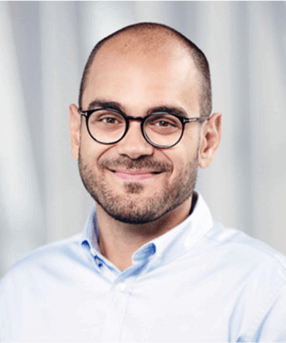- Homepage
- Programme
- Registration
- Practical Guide
- About Neuronus
Biozentrum, University of Basel, Switzerland

The entorhinal-hippocampal network contributes to the formation of episodic memories by creating an internal representation of the environment where experience unfolds. Such internal representation, or cognitive map, is instantiated in the activity of several functionally-specific cell types whose activity is modulated by space. Among these cell types, we distinguish neurons that are active at one or more specific locations in the environment (place and grid cells), or next to borders (border cells), or when the animal faces specific directions (head-direction cells). In rodents, while the firing properties of head-direction and border cells are adult-like at the onset of spatial exploration, spatial tuning in grid and place cells emerges and is refined progressively during the first months of life. This maturation process might depend on the establishment of specific connectivity motifs between the entorhinal cortex and the hippocampus. In fact, we previously showed that the functional maturation of such cell types is accompanied by the structural maturation of the entorhinal-hippocampal circuit, which is driven by an activity-dependent instructive signal that instructs the stepwise maturation of excitatory and inhibitory neurons at each stage of the network. Here, we will discuss recent studies whose aim is to understand how the emergence of spatial tuning in the developing entorhinal-hippocampal network shapes learning and memory processes during early postnatal life. Furthermore, we propose that studying the functional ontogenesis of the brain’s representation of space offers a unique opportunity to understand the contribution of individual cell types to hippocampal computations, and to dissect the contribution of such computations to learning and memory processes at multiple stages of an animal’s life.